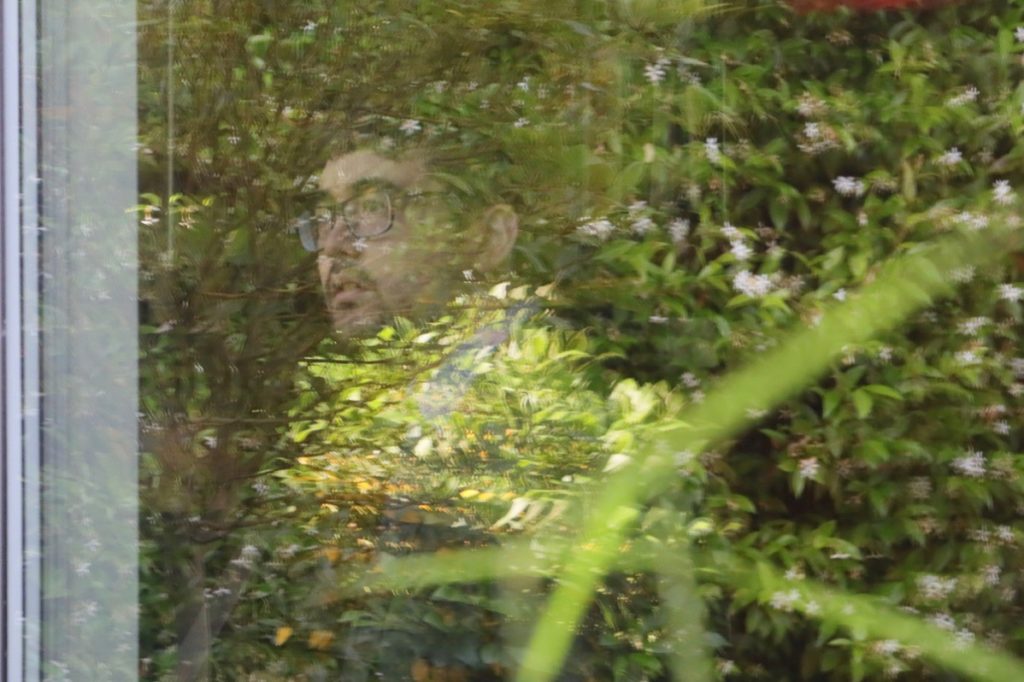
Artist and audience member Amanda Chambers shares her impressions of the London 2019 performances at Tête à Tête: The Opera Festival.
Junichiro Tanizaki’s rich and multi-layered story is brought to life in an atmospheric production by Francesca Le Lohé.
In his 1950’s novella The Key, Tanizaki explored themes of fantasy, voyeurism and growing subterfuge within a marriage founded on traditional values, but later imploding in an era of cultural change.
Publishers of the British paperback edition warned its ‘intimate clarity…might upset the average British reader.’ And today, The Key, still has the power to provoke and unsettle in equal measure.
Francesca Le Lohé has created her site specific opera inspired by Tanizaki’s novel in a modernist south London house (10 Tollgate Drive, Dulwich), and despite a lack of shoji screens, it is remarkably Japanese.
The summer evening light glowed on the polished wooden floors, as we were invited over the threshold, to wander, shoeless, along the corridors to observe a family at close quarters.
At the centre of The Key is the decision to share an explicit, personal diary. The husband hopes to unlock passion in his wife by doing so; the wife, in turn, begins her own diary and instead of mutual understanding, we witness a series of disastrous outcomes. Their daughter, initially an outlier in the plot, becomes increasingly central as the drama unfolds.
Le Lohé has heightened this incendiary atmosphere through the annexation of the house, with each character appearing to reside in a room of self-imposed exile. As a result, we never hear the full story, but must decide where to locate ourselves – cleverly becoming subsumed into the themes of the story – are we actors, witnesses or voyeurs?
We are soon joined by a fourth character, Kimura. Tanizaki used ‘Mr Kimura’ as a device to bring some of the diary’s sexual fantasy to life. He is represented here as a purely physical presence, creating an unsettling dramatic contrast – weaving, mute, between the characters, almost as a folklore apparition: a warning, or a consequence?
The more alarming sexual content of the novel is subtly alluded to: In one scene, the wife, Ikuko, dressed in white, lies down on her sofa in the afternoon, possibly in an alcoholic stupor, and transforms into a symbol of objectivity – a topic Tanizaki forensically explores.
The novella is multi-layered and rich in symbolism. In musical terms, Le Lohé’s interpretation wonderfully draws this out, by utilising the contrasting tones of the Anglo-Japanese score (a musical duo is placed in each room), and a bi-lingual libretto. This gives an overall sense of both clarity and disembodiment. We are constantly in a shifting oral landscape of the familiar and unknown. The echo of the Japanese Sho alongside the Cello; words in one language, seemingly undone by the other.
The Key is a poignant choice as an Anglo Japanese project – with both cultures sensitive to modes of communication. But whilst Tanizaki was highlighting the dramatic implications of speaking plainly – he was perhaps also underlining why it must always, ultimately be attempted.
And in an age of universal self-publication – what does this mean for the tradition of diary writing? Are we any closer to being understood?